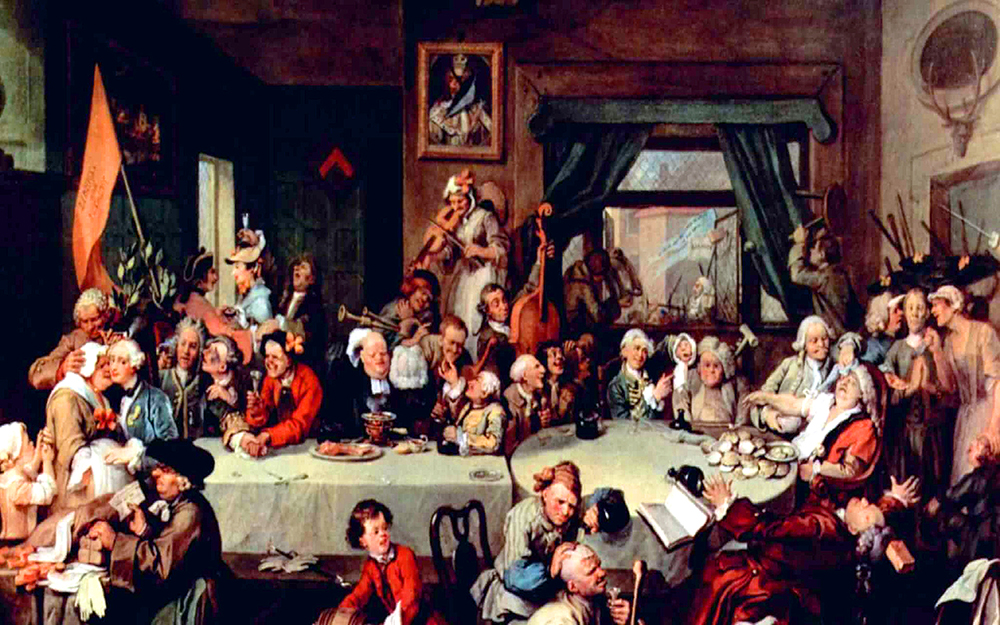
By Haddon Libby
The Twelve Days of Christmas is an 18th century folk song with French and English origins that references to the birth of Jesus Christ on December 25th and the arrival of the three wise men twelve days later.
Historians believe that this song is a seasonal drinking song due to the repetitive nature of the verses and references that show up in other drinking songs of the era.
A simple transition of the song tells of a feast on various fowl with entertainment for all tastes.
Scholars believe that ‘partridge in a pear tree’ is probably a translation error as the origins of the song are shared by the French and British. While the first day still refers to a partridge, it is most likely just the bird sans the tree.
While partridges represented fertility during the 18th century, they were also edible and most likely part of the 12 Days celebration (if one actually occurred).
On the second day, your true love gets you some turtle doves. A turtle dove is a type of European bird from the United Kingdom that migrates to Africa in the winter and is currently on the Endangered Species list. Giving turtle doves made sense as those love birds mated for life making this line a romantic statement as well as an edible gift. This dining analogy continues with three French hens, four calling or blackbirds and five golden ringed-neck pheasants. The six geese a laying represented long-term prosperity as fertile geese laying eggs were valuable and edible assets.
The seven swans were not being eaten like the other birds as they were in a pond outside. That said, swans were an important part of royal feasts during the rule of Henry the 8th and Elizabeth the 1st. By law, only royals could eat swans while commoners could not.
The eight maids a milking were there to get the party started. According to 18th century bar songs, milk maids were thought to be immune from small pox while having loose constitutions (liked sex). Additionally, there were nine ladies dancing and ten lords a’leaping. According to my count, there were seventeen women for nine men which most men would consider an optimal mix. With eleven pipers piping in harmony with twelve drummers drumming, it was meant to be a raucous party. What else would you expect of a drinking song?
As eating endangered species is frowned upon, let’s modernize this song while still throwing a party fit for a leaping lord. As PNC Bank estimates that the cost of this 18th century party is $39,094 this year, we have quite the budget.
For the modern version, we will need one turkey, two ducks, three geese and four cornish game hens to start. Let’s add five Chinook salmon as they are the finest salmon served. Further diversifying from the 18th century menu, let’s roast six pigs on spigots while holding seven live shellfish (lobster for the East Coast, Alaska King Crab on the West Coast) in a cooled salt water tank.
With dinner complete, this party will go one of two ways. If we are following modern behavior, guests will be treated to some live seasonal music sponsored by the National Dairy Association. If we are to stay true to the meaning of the 18th century version, dinner will evolve into an orgy as was often the case for many high-end raucous parties of the era.
Many believe that the Twelve Days of Christmas has hidden religious meanings. While it may to them, it is derived from the drinking song.
Haddon Libby is the Founder and Managing Partner of Winslow Drake Investment Management and can be reached at HLibby@WinslowDrake.com. For more information, please visit www.WinslowDrake.com.












































